There is an abundance of fish species in the River Mersey once more. An iconic part of the United Kingdom’s topography, River Mersey separates Lancashire in the north from Cheshire in the south. In recent years, the once-heavily polluted river has become one of Europe’s biggest environmental success stories.
“It’s the best environmental good news story in Europe without a doubt. Everywhere else nature is in decline but in the Mersey the ‘wildlife-ometer’ is in the red and it’s got loads and loads to go,” Mike Duddy, who works for the Mersey Rivers Trust, told Wirral Globe. The Mersey Rivers Trust is a charity that has played a role in cleaning up the body of water.
So how did the 70-mile-long river go from “biologically dead” to having over 37 different species in 2022? Rewind several decades, and many considered River Mersey to be one of the most polluted rivers in Europe, according to Mersey Rivers Trust. Locals reportedly used to joke that if someone fell into the river, they would die from the toxins before drowning.

How the river came to be contaminated goes back centuries: According to Historic Liverpool — “a map-based website covering Liverpool history and archaeology of the city’s landscape, from the last Ice Age to the present day,” per its website — Mersey became one of the world’s “most famous river crossings,” giving permission to ferries during the 1300s. But by the 17th century, the Industrial Revolution was in full swing. As a result, nearby factories dumped great quantities of pollution and industrial waste into Mersey, using the river for cooling.
After over 200 years of “abuse and neglect,” according to the International RiverFoundation, the U.K. established the Mersey Basin Campaign in 1985 to clean up the river. A big political push, according to Mersey Rivers Trust, came in the ‘70s and ‘80s when Britain joined the European Community (EC). The EC had directives for its members to limit the flow of dangerous substances and other pollutants.

“Over the last 30 years, there’s been this tremendous regeneration, this renewal of the River Mersey that started slowly but is now picking up pace. I still think we’re right at the beginning of something special,” Duddy told Wirral Globe. In 1999, the restoration of the River Mersey was awarded the first annual Thiess International Riverprize for its improvement.
Several species such as eels, seals, sharks have been spotted in Mersey, and many different types of fish have grown in numbers in the years since. By comparison, Duddy said there were as few as 15 species just two decades ago in 2002. Whales have even been spotted for the first time since 1938 in Liverpool Bay (which Mersey directly empties into), according to the outlet.

Wastewater treatment facilities like United Utilities have played a key role in improving wastewater treatment in north England, says Duddy, but there’s still more work to be done to make Mersey completely free of pollutants.
“We’ve got an old style system and the capacity isn’t large enough for the size of the population. There’s loads of things United Utilities can do to improve waste water and improve water quality,” Duddy said.
Still, Mersey has made remarkable progress in such a short time with species expected to continue to grow and flourish.
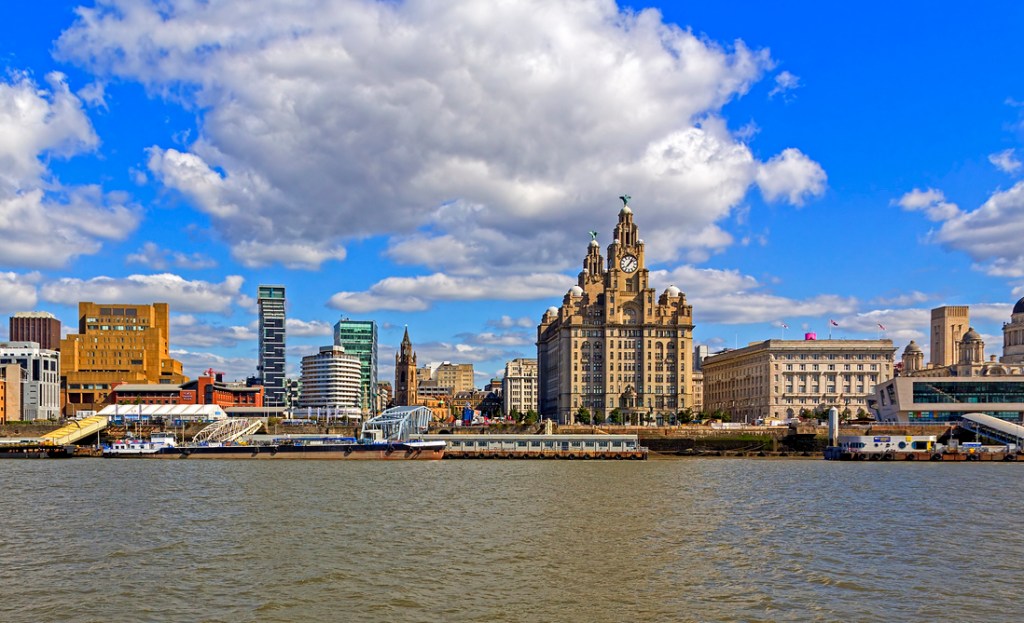


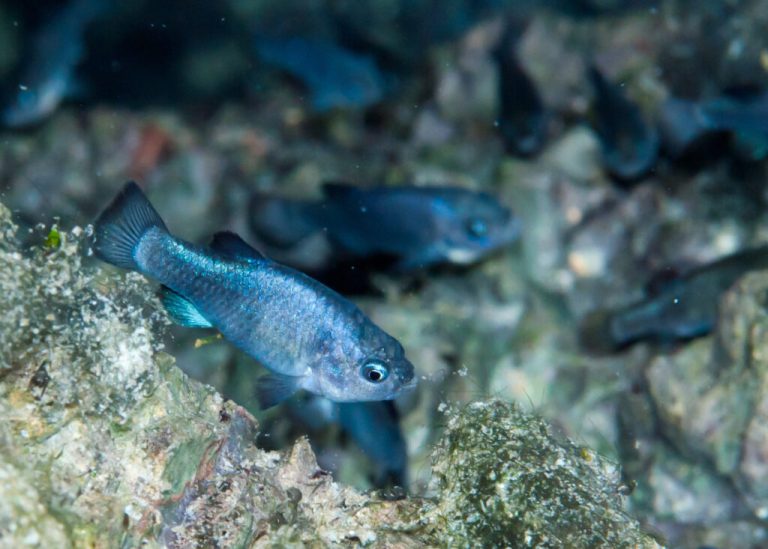
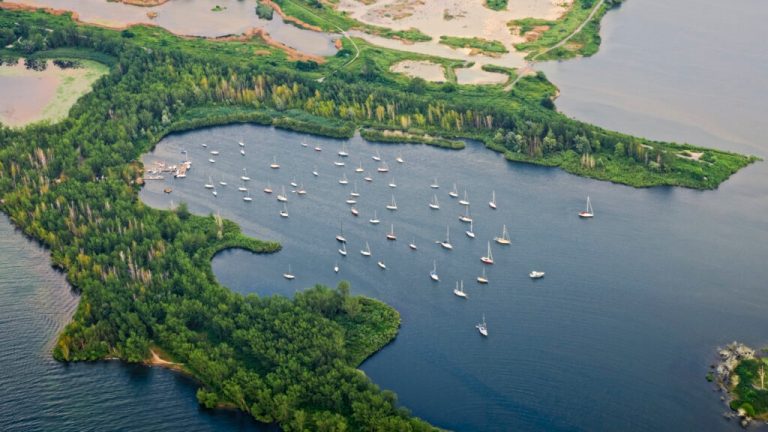
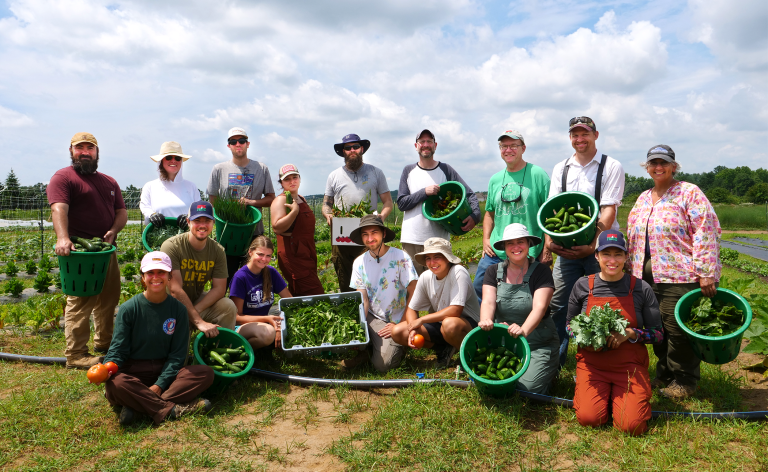
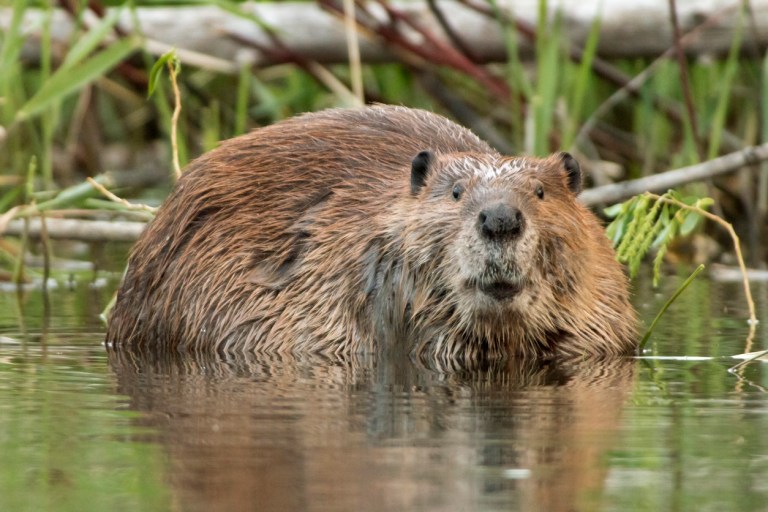




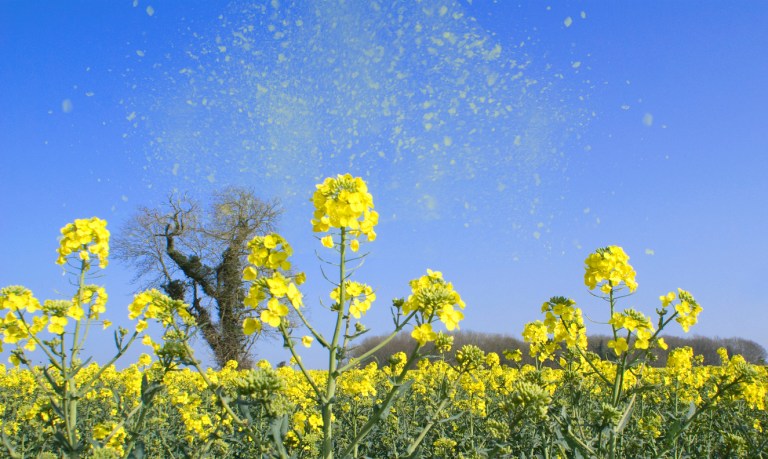
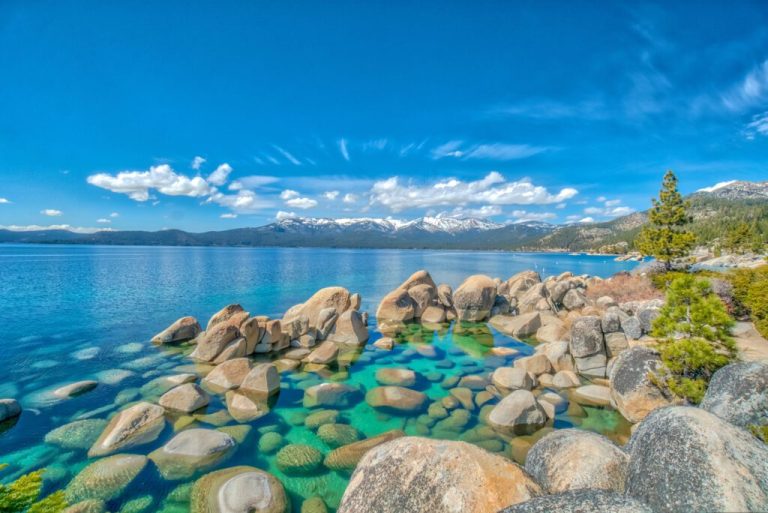
Pingback: Water From Your Eyes - Project Nowhere Review | Exclaim! - World Today Journal